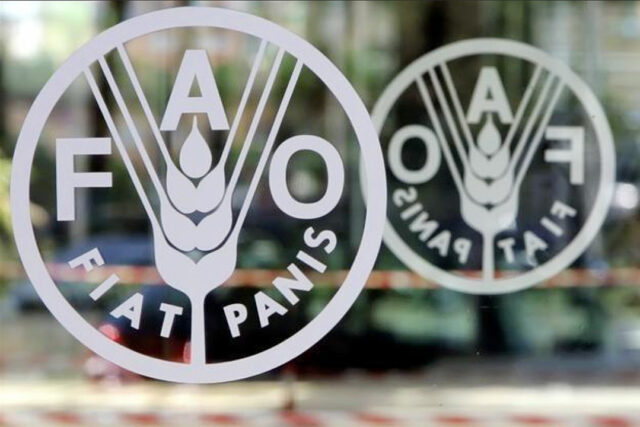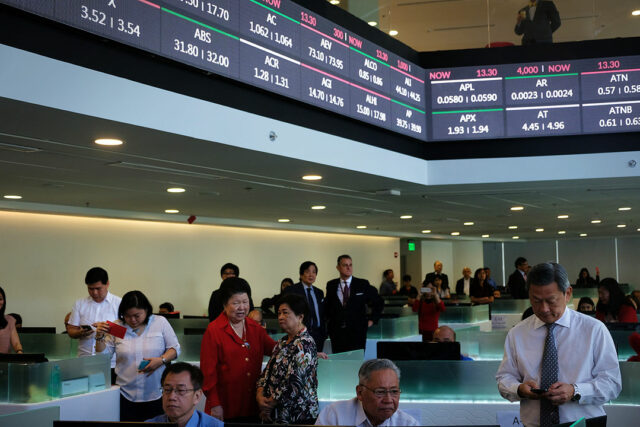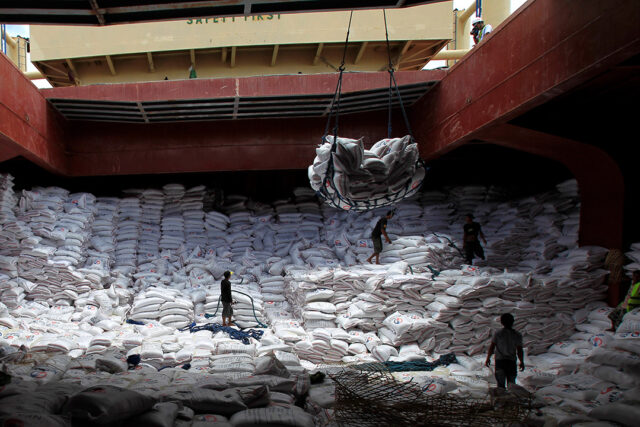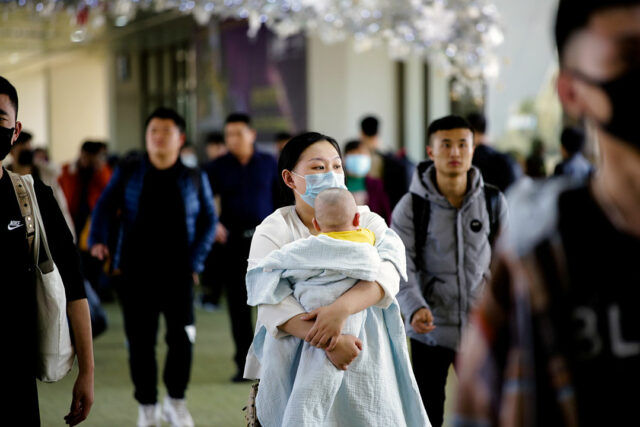Style (07/08/24)
Careline offers Spongebob-inspired makeup
SPONGEBOB SQUAREPANTS’ birthday — at least according to his driver’s license in Season 1 Episode 15a “Sleepy Time” — is on July 14, and Careline Cosmetics is celebrating the event along with the rest of Bikini Bottom. From July 1 to 31, Careline offers a 25% discount on all Spongebob Squarepants x Careline merch, including Careline Best Blush Ever Powder Blush (in four shades). This powder blush is packed with Vitamin E, and is up for grabs at P187.50 (originally P250). The Careline Oh Puh-Lips can be worn solo, under lipstick, or as a topper, for P243.75 (originally P325). The lightweight formula comes in five shades with a vanilla scent, and leaves a long-lasting stain. The Careline Tinted Lip Gloss (in three shades) comes in Bikini Bottom floral packaging, and has a lightweight consistency (available for P243.75 during the sale, from P325). Then there is the Careline BFF Liner Gel and Liquid Liner, with a waterproof and smudge-proof gel eyeliner and a liquid pen, priced at P243.75 (from P325). Finally, there’s the Careline Aye Aye Mascara, that lasts up to 36 hours without budging. The curved-fanning brush makes application a breeze (priced at P243.75, was P325). The discounted Careline products are available through Shopee, Tiktok, Lazada, Robinsons Department Stores, Watsons, and SM Department Stores.
Sweet-smelling sleep
PERSONAL COLLECTION, a Filipino-owned direct selling company, recently unveiled White Dove Sweet Lullaby, a sweet and comforting new scent for babies that comes in powder, lotion, wash, and shampoo. White Dove Sweet Lullaby has notes of fresh apples and citrus fruits, blended with the scent of sweet roses and peonies. It’s gentle and safe for baby’s skin and is hypoallergenic and dermatologically tested. The baby wash and baby shampoo are made with natural milk protein extract to keep hair soft and skin moisturized, and are tear-free and gentle on the eyes. The lotion is made with a triple moisture formula with pentavitin and natural milk protein extract, providing up to 48-hours of hydration. Complete this nighty-night routine with the powder, enriched with natural milk protein extract. Its sterilized talc absorbs moisture and features a barrier to repel dampness, while its sun-protective formula shields the skin from harmful rays of the sun. White Dove Sweet Lullaby products are available on Shopee and Lazada.
Lipstick sale at Watsons and SM
JULY just got a whole lot more colorful with deals happening all month long at Watsons and SM Beauty Department Stores. Watsons and SM Beauty are celebrating everything lipstick, especially on Lipstick Day (July 29), with 50% off on a wide range of brands and products. Participating brands include Ever Bilena, Careline, Spotlight, and Hello Glow. This offer runs from July 4 to July 31. The sale is available in Watsons and SM Beauty stores nationwide, but also on Watsons online.
Kenzo goes sci-fi for F/W 2024
FOR THE Kenzo Fall-Winter 2024 Women’s and Men’s Pre-Collection, Artistic Director Nigo expands his lens and imagines the cross-cultural core of the Kenzo season wardrobe from a galaxy far away. Nodding at solar motifs, the characteristic plissé soleil dress takes center stage alongside workwear crafted in the Kenzo Weave pattern influenced by those of Japanese hakeshi baten fireman’s jackets, which infuse the collection with a hand-spun, rooted sensibility. Cargo flight trousers and a metallic sequined body further embrace an on-land idea of space travel, echoed in a starry logo T- shirt. It features one in a series of Kenzo Constellation prints, which imagine the iconography of the Maison from the point of view of the stargazing earthling, conveying the Rue Vivienne logo and the boke flower in stellar patterns. Finally, a Kenzo Business ideogram of five briefcase-carrying men pays tribute to the merchandise of Japanese electronic band YMO, heralding the main collection. In the Philippines, Kenzo is exclusively distributed by Stores Specialists, Inc., located in Greenbelt 3. Visit ssilife.com.ph or follow @ssilifeph on Instagram for more information.




















